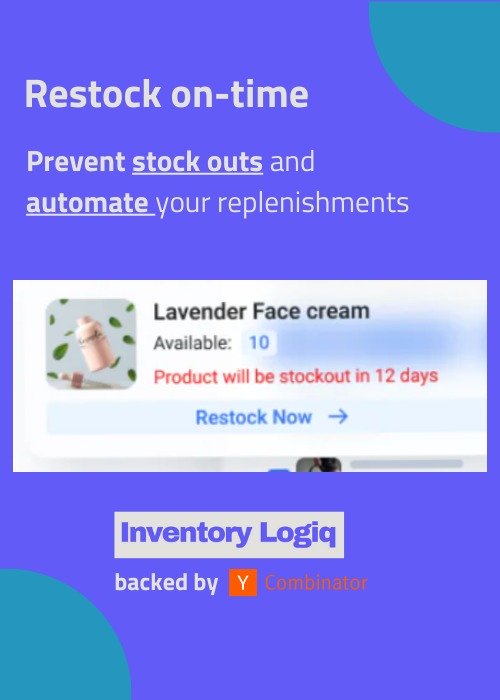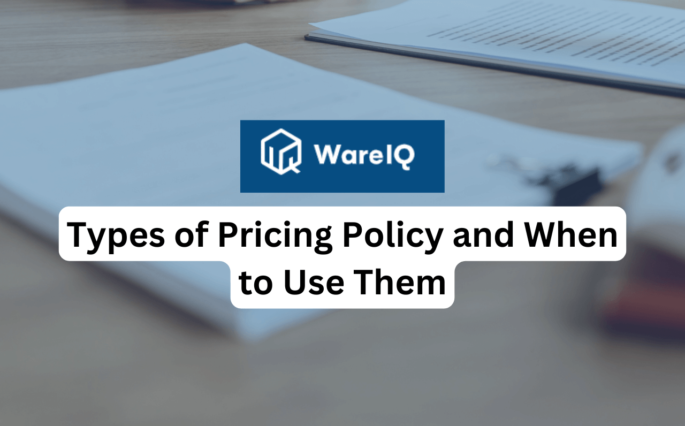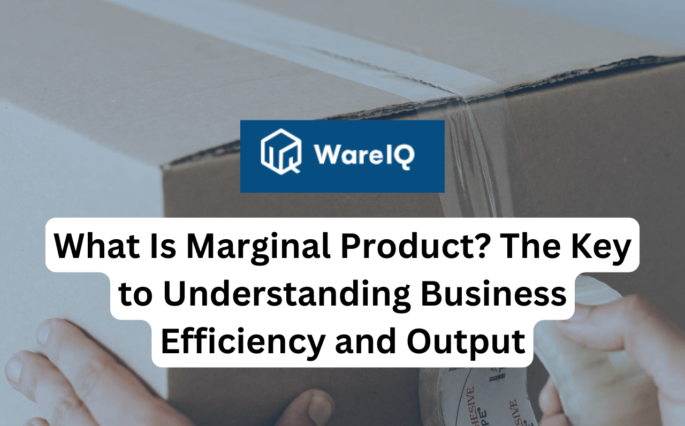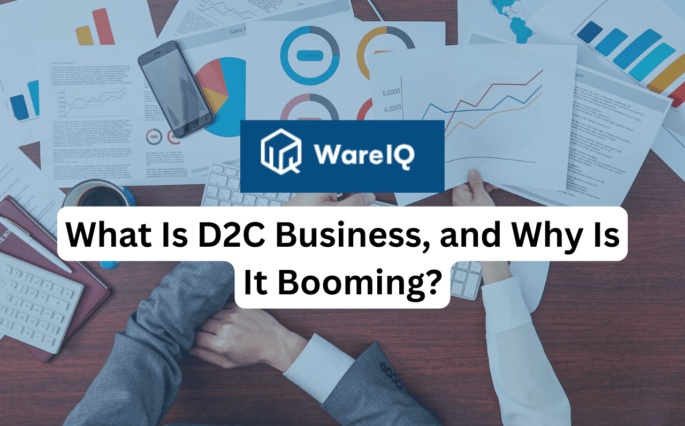B2B Returns Management: Solving the Reconciliation Problem in PO-Led Supply Chains
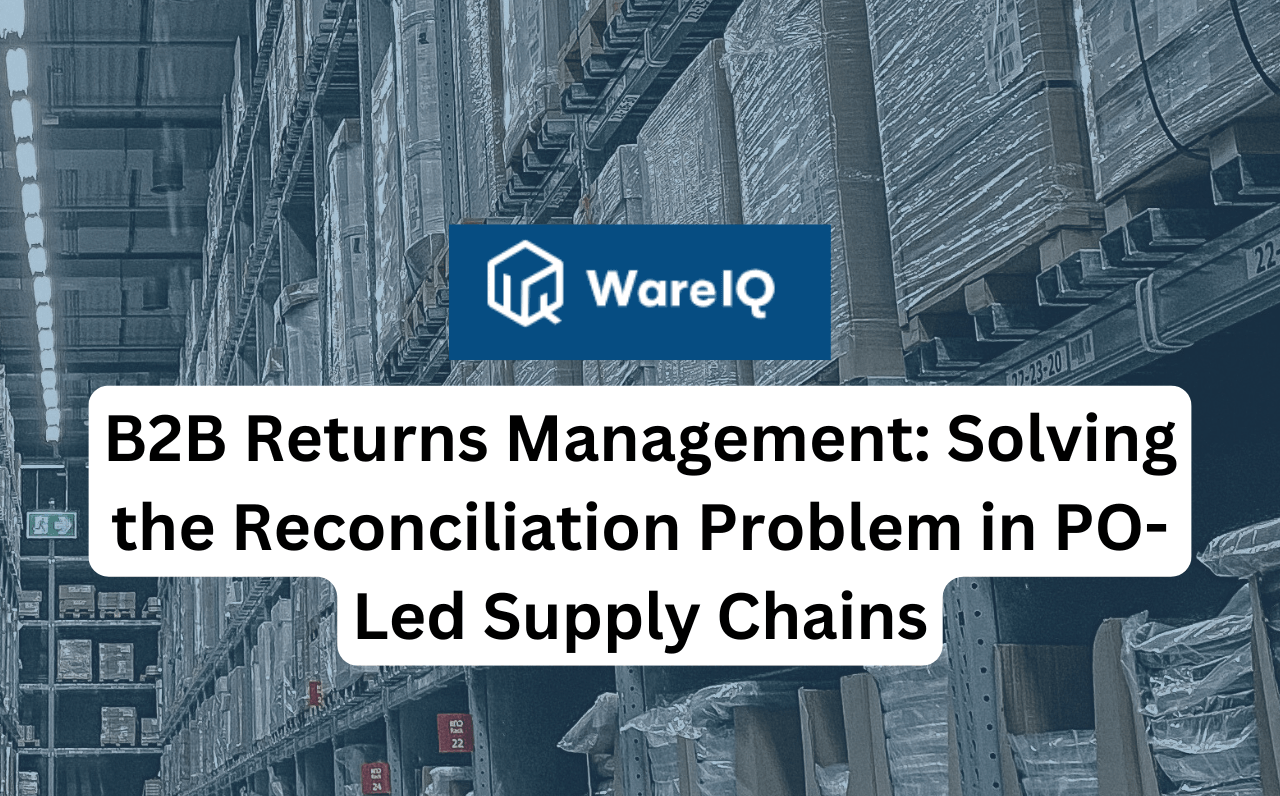
Why B2B Returns Are a Blind Spot in Modern Supply Chains
For consumer brands that rely heavily on purchase orders (POs) from Marketplaces, Quick-Commerce platforms, and offline retail, returns, or Return to Vendor (RTV) have become one of the most operationally broken parts of the supply chain.
These brands are typically built for dispatch efficiency, with a central approach to shipping bulk POs from mother warehouses or CFAs. But when returns start to flow from platforms like Amazon FBA, Flipkart Smart Fulfillment, or Nykaa, the system often breaks down. In this guide, we explore how to streamline B2B Returns Management and solve reconciliation challenges in PO-led supply chains.
The Core Problem: PO-Led Supply Chains Struggle with Returns
The ecosystem involved in B2B returns is fragmented:
- The platform marks an RTV and generates documentation
- A first-mile transporter handles the pickup, often without supervision
- The receiving warehouse team is expected to perform quality checks and reconcile line items with no visibility into original shipment or product condition
This disconnect results in:
- Mismatched SKUs or quantities
- Disputes between platform, brand, and CFA
- Missing documentation and timestamps
- Manual data entry and multiple rounds of reconciliation
This is not just a tech problem. It’s a deeply operational issue because forward logistics is planned, trackable, and system-driven. Returns, on the other hand, are unstructured and reactive.
The Reality of B2B Returns in Large Supply Chains
At scale, consumer brands may operate across 10–20 distribution centers, servicing a mix of modern trade, eCommerce Marketplaces, and Quick-Commerce platforms. However, many operate with fewer nodes but still face similar return-related inefficiencies when the operations are heavily B2B or PO-driven.
For such brands, the returns process involves:
- Reverse movement of cartons or entire SKUs, not individual customer parcels
- Pickup from distributor or platform locations, not customers’ homes
- Aggregated returns from multiple stock points (especially regional warehouses or CFAs)
- Lack of consumer-facing tracking, which means visibility must be built at the transporter and warehouse level
Who Faces This Problem Most Acutely?
1. Cosmetics and Personal Care
High SKU count, leakage/damage risk, and frequent bulk returns
2. Gifting and Combo Packs
Seasonal kits, bundled SKUs, and high volume post-campaign RTVs
3. FMCG and Non-Perishable Products
Returns due to excess inventory or near-expiry stock, often aggregated at CFA level
4. Enterprise Retail Distribution
Returns from large retailers, often involving multiple CFAs and transporters
These brands don’t need return labels—they need process reliability, QC enforcement, and reconciliation tools.
The Solution: A Returns Management Hub for B2B RTVs
The answer lies in building a complete Returns Management Hub tailored for B2B operations. It combines technology, trained personnel, and standard operating procedures to bring structure and accountability to reverse logistics.
At WareIQ, we’ve developed a modular returns solution to address the operational and visibility gaps:
Core Components of the Hub
- Returns QC App: Captures unboxing videos, AWB details, item-level data, and grade product condition
- Returns Bay Operations: Staffed bays at FCs or regional hubs where trained operators execute QC and data recording
- Integrated Camera Setup: CCTV systems with timestamp tagging for proof at the time of handover
- Central Dashboard: Real-time sync of QC outcomes, image/video evidence, discrepancy alerts, and platform-wise sorting
- CFA Reconciliation Toolkit: Downloadable reports, auto-generated proof bundles, and claim-ready documentation
- Middleware Integration: API bridges with ERPs, CFA software, and transporter logs to auto-update status and trigger alerts
This system doesn’t just document returns—it transforms RTVs into a closed-loop process, giving brands control over every returned unit.
Related – Returns and Exchanges: Best Practices in E-Commerce
Why This Matters
With omnichannel complexity rising, brands can no longer afford to treat returns as an afterthought. For categories like makeup, personal care, gifting, and long-tail FMCG—especially those that don’t process D2C orders, particularly in B2B returns without structure quickly spiral into inventory reconciliation nightmares.
A QC-first model not only enables better control but also unlocks scalable, asset-light returns processing across the supply chain network. It turns what was once a cost center into a managed workflow with measurable ROI.
Returns management shouldn’t be a black box. It should be as transparent and tech-enabled as forward logistics.
Interested in automating your B2B returns?
Download our B2B Returns Management SOP to see the process we recommend for large-scale PO-led operations.
Get in touch to see how WareIQ’s Returns Management Hub can streamline your RTV operations from start to finish.




